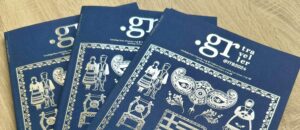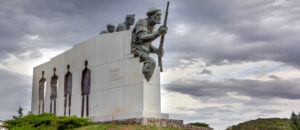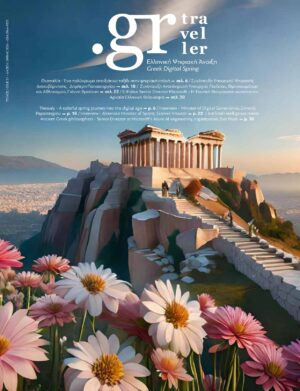“Kolokotronis cried, and all Turkey was afraid.
Son m᾿ Thodoris shouts and the troops command.”
“AT THE TRICORNS”, FOLK SONG
We start to get to know the places where Theodoros Kolokotronis was born, passed and fought, as a charioteer, thief and leading figure of the Struggle.
From the picturesque villages of the Peloponnese, Tripoli and Nafplio, we arrive in Athens, where he breathed his last in a free Greece.
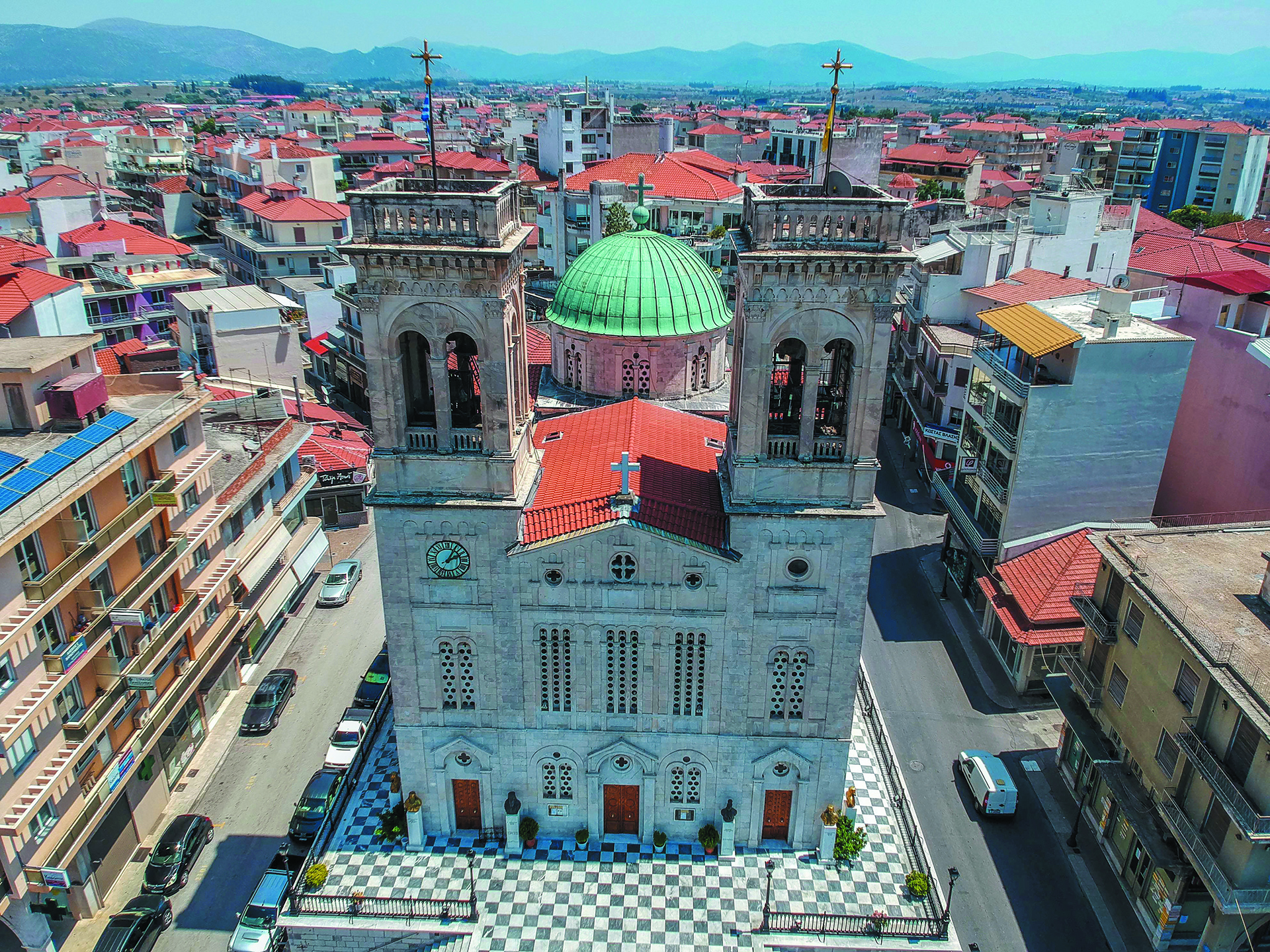
Tripoli
A modern vibrant city with museums, squares and places to stay, eat and have fun. In 1821, Kolokotronis and his troops drove out the Turks and “took Tripolitsa”. His bones are kept at the base of his equestrian statue in Areos Square. From Tripoli we make an excursion to the heroic Valtetsi with the statues of Kolokotronis and Nikitaras adorning the village square, to the Church of Kernitsa, where Kolokotronis’ father had hidden his family, and to Dimitsana, with its water-powered museum, a place of production of gunpowder for the weapons of the Revolution.
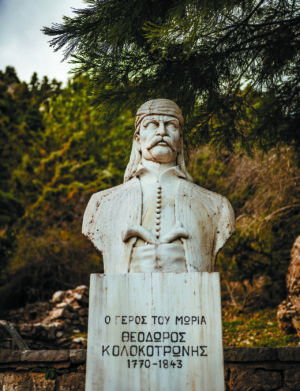
Limpovisi Arkadia
From Tripoli we head north-northwest towards the place of origin of the Kolokotronaians, Limpovisi, at an altitude of 1,200 meters, in the fir trees of Mainalo. We visit the paternal home of the hero, which functions as a museum of the history of the Revolution of 21 and the Holy Church of St. John.

Karytaina
The base of Kolokotronis, Karytaina, will enchant us with its beauty. An imposing preserved settlement built around the legendary castle with the magnificent view, rightly called “Toledo of Greece”. We visit his house, the castle and the historic stone bridge that, together with the Old Man of the Morea, adorned the pentochilion. For sports lovers, rafting on the Alpheus River, at the point where it joins the Lousios River.
Leontari
In this green, small, picturesque village near Megalopolis, Kolokotronis lived from the age of 15. There, at the age of twenty, he married and had children, while continuing the struggle against the Turks.
Ramovouni Messinia
Continuing south towards Kalamata, we picnic on the green mountain of Ramovouni, where he was born in 1770. An idyllic place with turquoise water running from the foundations of the church of Agios Stefanos. As we arrive we see his equestrian statue gazing down from above.
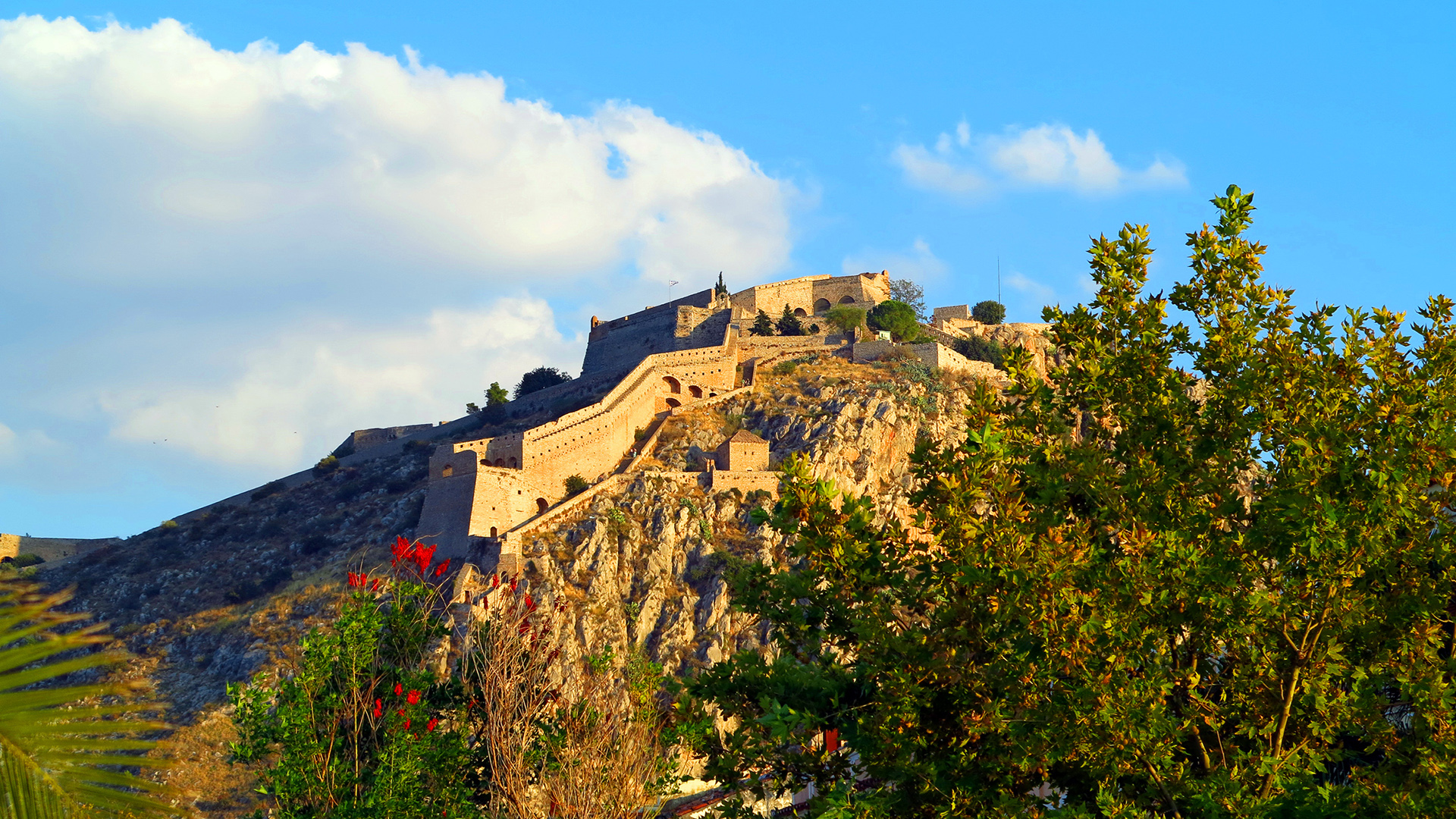
Nafplio
The enchanting Nafplio, the first capital of free Greece, was a place of imprisonment for Kolokotronis because of the Bavarian regents’ plot against him. We climb the 1,000 steps leading to the Castle of Palamidi to see its cell and admire the fascinating view of the city, Bourtzi and the entire Argolic Gulf.
Dervenakia
As we depart from Nafplio towards our final destination, Athens, a stop at Dervenakia is mandatory. Where the Argolian and Corinthian plains meet, the statue of Kolokotronis stands “proud” to remind us of the great battle known as “Nila of Dramalis”, where the great hero “unfolded” all his strategic genius, defeating 30,000 men of the Turkish army. He encouraged his soldiers by saying “Greeks, today we were born and today we will die for the salvation of our country and for our country’s future” and concluding “God is with us so that nothing will happen to you…”

Athens
When we walk to the junction of Kolokotronis and Lekka streets, we should know that there was the house of the Old Man of Moria, who stayed there until the end of his life, in 1843. There the laurel-framed arch of the first celebration of the national anniversary of the 21st in 1838 was erected. In the same year, this great man went to the Pnyx to speak to high school students who were “thirsty” for the Constitution and democracy.









